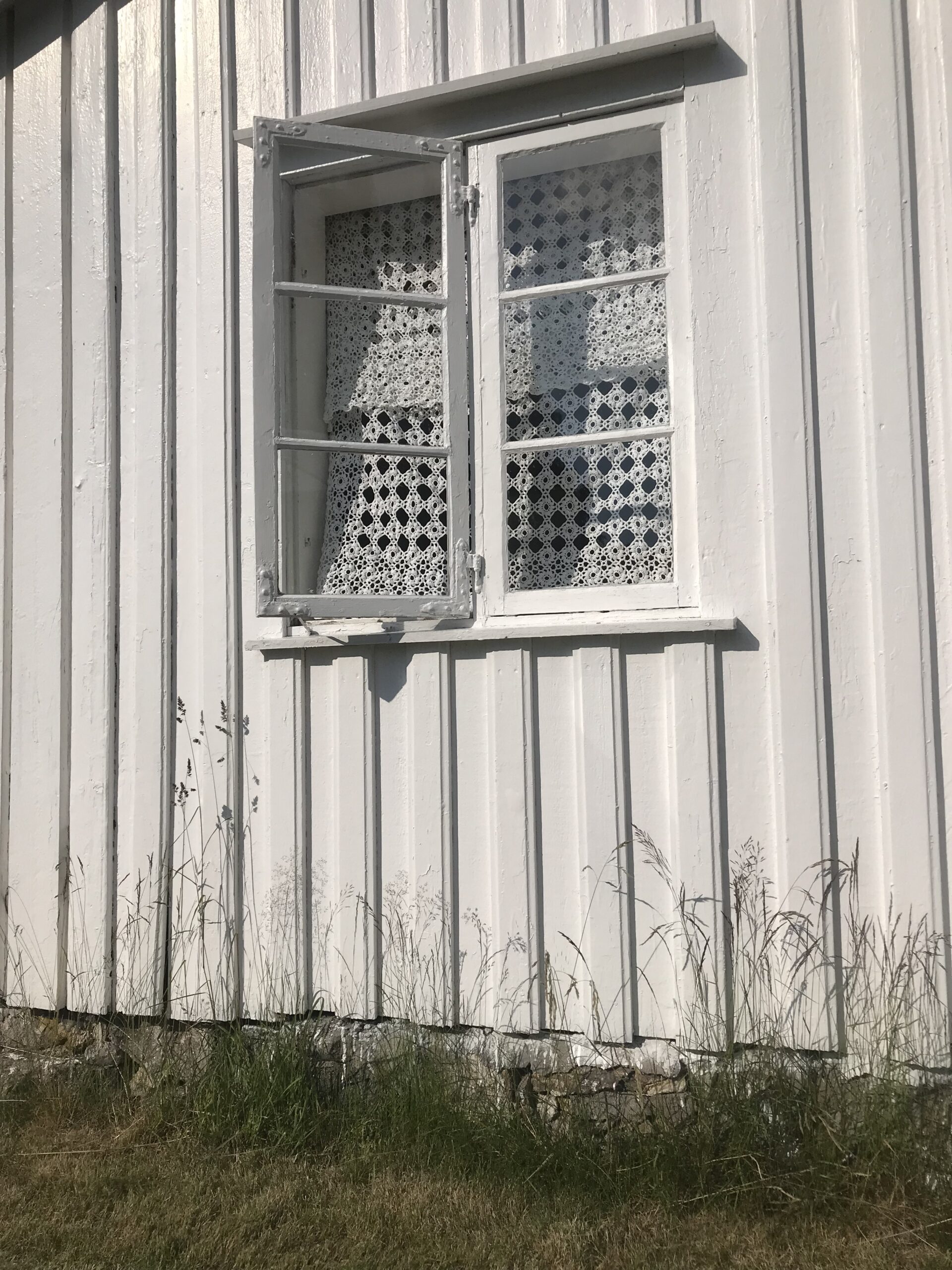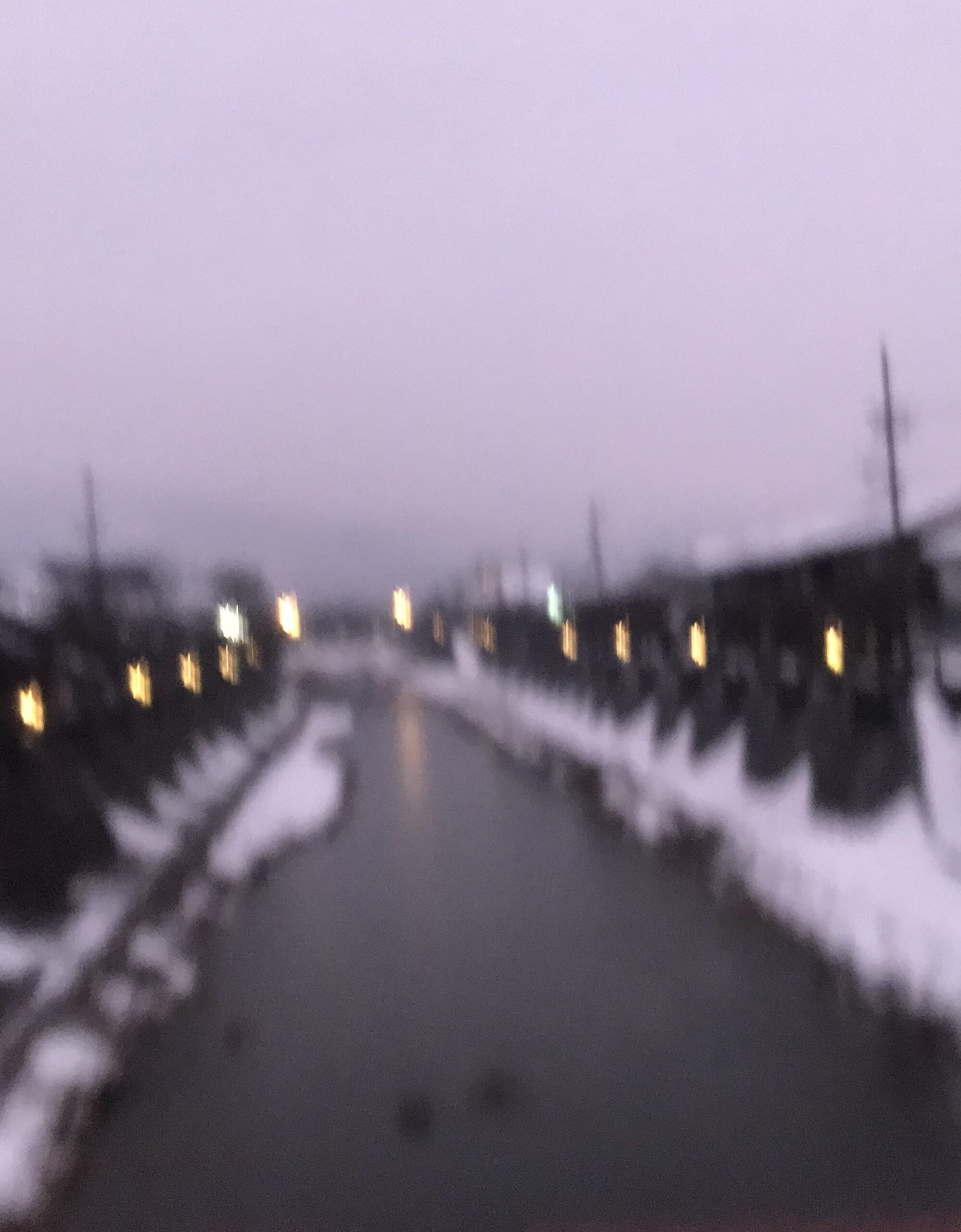
Bucharest, Romania
Spring Boulevard 50, in the heart of Bucharest’s former nomenklatura, currently bourgeois neighborhood, is where the former General Secretary’s one-story villa can be found. Împușcatu is what people sometimes call him around here, “the one who was shot,” or Ceașcă, “cup.” They were executed in winter: Nicolae Ceaușescu, and his wife Elena, who was also shot, but in people’s minds this was secondary to her being an insufferable pseudo-intellectual who loved fur coats. And their children, Nicu, Zoe and Valentin, spared during the 1989 Revolution.
Modest for a dictator, I say to my companion, looking at the two rather small Corinthian pillars propping up the entryway. On paper, he and I are Franco-French-Swiss and Romanian-Swiss-German, respectively. Not for a socialist one, he answers, and our nationalities become abundantly clear. Especially for a socialist one, I say.
Over twenty-five years after the Revolution, the house opened to the public. On my yearly visit home we’d booked the English-speaking tour, and I was apprehensive: How would he be presented? This man who imprisoned, persecuted and killed tens of thousands—to this day the numbers aren’t fully quantified. Who, after his death, was made out to be the personification of evil, which conveniently left his party comrades’ hands clean, perfectly suited for continuing political careers.
It’s hot, and there’s a light, lazy breeze. The colonial-looking mansion is surrounded by marble mosaic floors and carefully tended green gardens. For a second it feels like we’re in Brazil or Cuba, or one of the other sister nations haunted by the specters of various autocrats. Come over here for the tour, a woman barks in heavily accented English. She gestures toward a bin with blue disposable shoe covers. We twist ourselves into awkward positions to slip them on.
The guide is in his early thirties, about my age. During the Revolution I was three. All I remember is not being allowed to go to the park because of “bad men shooting.” We occupied the Ceaușescu house, a friend of my parents who’d participated in the Revolution told me later, I was one of the first ones there. Our guide wouldn’t be impressed by this story. He speaks in measured, monotone monologues and spends most of his time describing the decor. The reading room is where Nicolae Ceaușescu greeted guests and spent time with the family. Note the carpet gifted by the Shah of Iran during the 1960s and the copies of Louis XVI furniture made by Romanian artisans.

Long before Ceaușescu came to power, in the agitated first communist decade, the streets were filled with posters telling people to be on the lookout for “enemy elements,” the “bourgeois,” and others with “unhealthy origins.” My grandfather had been a believer in the communist cause, before the newly installed regime arrested his father, on never specified political grounds, though this hadn’t discouraged him entirely. Overall he believed things were headed toward something better.
Outside the window, a miniature frog, duck, and carp, each on their own Corinthian pillar, heads up, mouths open. The fountain is dry. On the white marble veranda a peacock naps, its head folded onto its dark green wings. I take a picture; it lifts its head and peers, goes back to napping. These are the offspring of the original peacocks that the family raised in their gardens. We walk through rooms of lush carpets, crystal chandeliers and more Rococo imitation furniture. Their furniture taste turned out to be prophetic, my companion mutters.
Once his father was released from prison, my grandfather told me, he’d leave home without notice and turn up days later, no explanation. Later, he found out why. When people were arrested, families weren’t notified. Someone would just disappear. Released prisoners looked for the families of the incarcerated and let them know: X is alive, he’s in prison Y. It was imperative not to tell their own families when they went out on these missions, in case police questioned them.
The guide is careful to point out that while Elena and Nicolae had separate bedrooms, they did not have marital problems. We’re led through a lush orangerie with palm trees and ficuses, a colorful mosaic of the four seasons “symbolizing wealth and abundance.”
In his early 20s my grandfather dated the daughter of a high-up in the Party. Reorganizing food distribution was a main challenge of the first Communist government: farmers resisted collectivization, and ludicrously high production quotas were leading to corruption. Food was in short supply. My grandfather once complained to his girlfriend how hard it was to find groceries. She led him to her family’s house and into their pantry, filled with things he hadn’t seen for years: cured meats, cheeses, nuts and dried fruit, coffee, tobacco, alcohol, eggs. Her mother had access to the Party pantries. Take anything you want, you’re with me now, she said. I took nothing, he told me 50 years later. He broke things off shortly after.
We take the spiral staircase to the underground spa, past a miniature statue of a swordless Victoria gripping the air. Covered in white-blue tiles, it reminds me of an old hospital room. Blue bathtubs and sinks connected to a myriad of hoses and control-center contraptions with buttons and valves. This was the family’s “relaxation area,” the guide tells us.
They arrested my father again in ‘76, my grandfather said. By now he was in his 70s. This time he was placed in a psychiatric institution. I had told my companion this story before—as much as I knew, and I didn’t know much. My grandfather and his father were writing an ethnography, someone ratted them out to the secret police. They came in the middle of the night and confiscated the manuscripts. It took me a year to get him out, my grandfather told me.

The last room of our tour is an indoor pool area, surrounded by a beautiful blue mosaic of marine life, the sun, the moon, and all of the zodiac signs. After the occupation of Prague by the Soviets in 1968, Ceaușescu, newly elected as head of the Communist Party, publicly criticized and opposed the invasion. This won him sympathies at home and antipathies in Moscow. Plans were put in place to replace him with someone more Soviet-friendly. Ceaușescu, in turn, put his own plans in place—escape plans for himself and his family, in the event of a Soviet invasion: Morning Star, Venus, Saturn and the Sun. In the end he and Elena needed to escape their own people, and it was one of the planned routes that they chose, on the eve of the Revolution, which led them directly to their demise.
We’ve reached the end of our tour, our guide says abruptly, directing us into the garden with the peacocks. He bids us a flat goodbye. There’s a warm breeze and the sky is full of clouds. It’s going to rain. I feel distinctly disappointed. Nothing to see but an overly decorated house of a former politician and his wife, a couple whose marriage was intact, and who happened to be unceremoniously shot on Christmas Day. We leave the premises on an obscure side path. The white mosaic pavement tiles here are cracked like exposed tooth cavities, earth spilling through. I’m happy that they’re here, in front of the dictator’s house, the insubordinate earth breaking up the facade. There wasn’t a word about his crimes, my companion says. Yes. The humans are silent and the peacocks’ offspring roam. It’s hard to talk about history when it doesn’t feel like it’s passed. When every citizen has a little suitcase under their bed filled with the former generation’s emotional debris, one you’re always hoping to rid yourself of, one you hope not to pass down.
Irina Hrinoschi is a Bucharest-born, Zurich-based writer, translator, and social scientist. She writes in English, German, and Romanian. You can find her stories and translations in La Piccioletta Barca, and SAND Journal (upcoming). On Twitter she’s @hrinoschi.
Photos by Pablo David Rojas.




